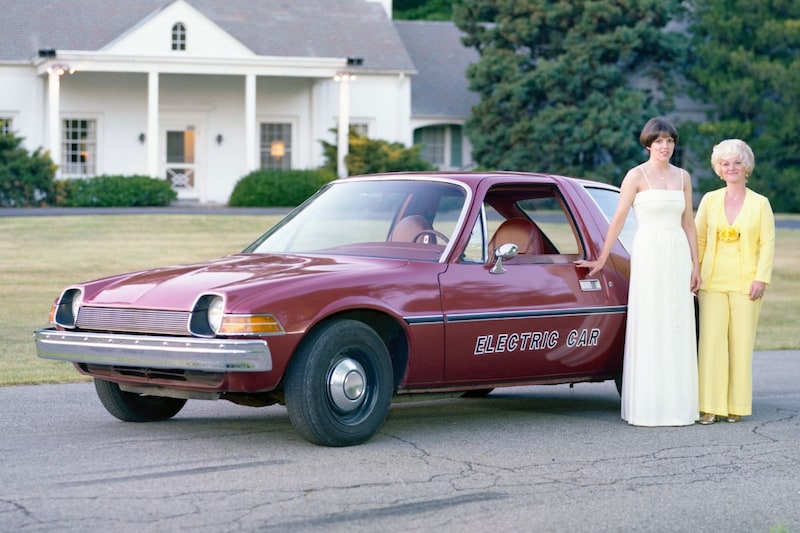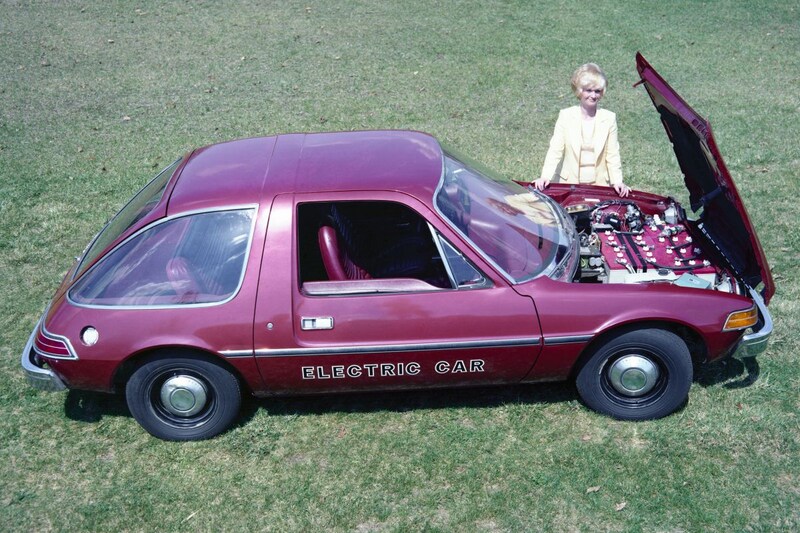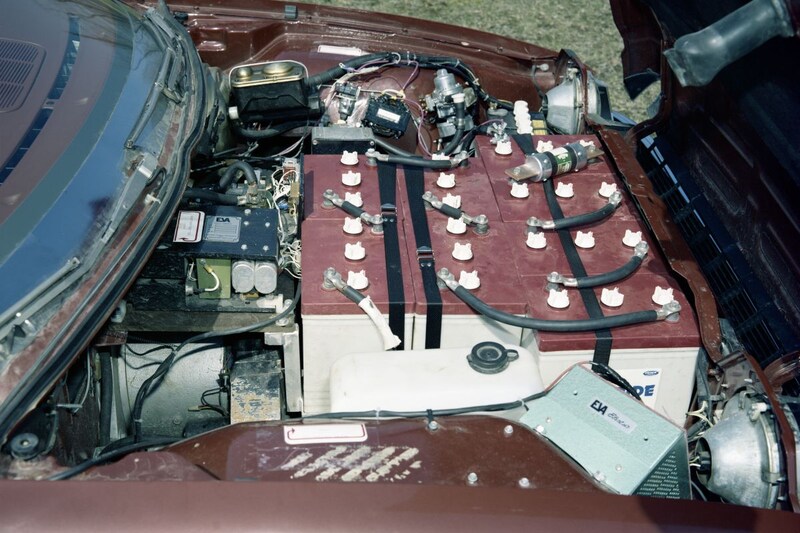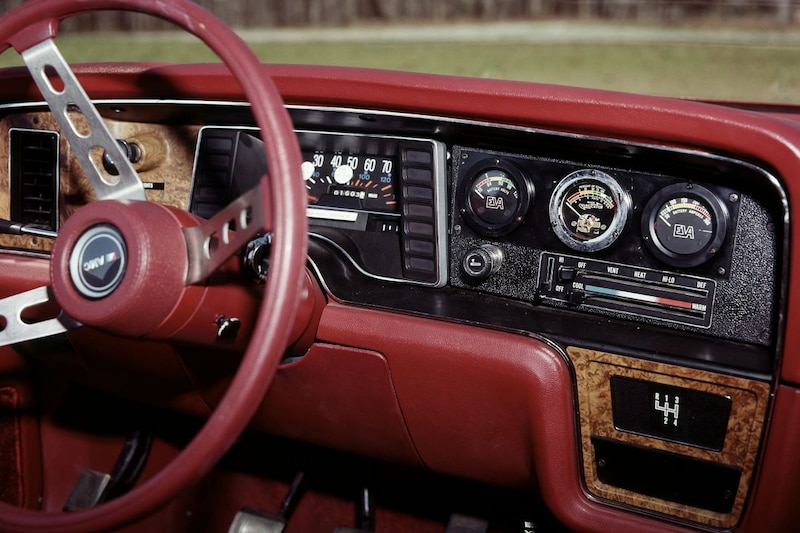





Over the years, the American Motor Company came up with various innovative and special designs. The AMC Pacer was perhaps the most talked about example. Although the Pacer from AMC could not make a future-proof brand, the car did lend itself perfectly to another then quite futuristic concept: electric drive.
Unfortunately, innovation does not always beat big money. AMC is a good example of this. The defunct brand in the 1980s competed with relative success against the ‘big boys’, aided by smart and out-of-the-box to design. The AMC Gremlin, which celebrates its 50th anniversary this month, achieved very good sales figures despite its strange appearance. The relatively small carriage and the modest consumption for American standards perfectly matched the oil crises of the 1970s.
The Pacer, which came on the market a little later, offered a lot of space in a short package, just like the Gremlin, partly because the car was relatively wide. Unlike the Gremlin, the Pacer was less able to cope with the fuel scarcity of the late 1970s due to its higher weight and fuel consumption. Although sales initially ran remarkably well, they quickly collapsed a few years after its introduction. The Pacer was also a very expensive project for AMC, so because of that combination of factors, the Pacer is seen by many as the beginning of the end for the still relatively young brand.
EVA
Yet there was a special role for the Pacer when the fuel scarcity gripped the United States. To respond to the crisis, the EVA (Electric Vehicle Associates) project was started in the early 1970s. This focused on converting existing cars into electrically powered variants. This was subsidized and urged by the government to get as many business drivers as possible electric from A to B and thus reduce the fuel consumption of the country.
EVA caught its eye on the Pacer for these conversions in the second half of the decade. The Pacer was very suitable for this, because there was relatively much space in a rather small package. Enough space to house all the components for the electric drivetrain, while still keeping a relatively low weight. In addition, the Pacer was also fairly streamlined and that would of course benefit the power consumption. The fact that the car was low, but very wide, also helped significantly, because despite the higher weight with the electric drivetrain, the handling remained quite acceptable. Initially, EVA purchased Pacers that included removing the engine and fuel tank, and installing the electric drive. Later AMC could also buy Pacers without those ‘unnecessary’ things on board.
Change of Pace
Despite the suitable basis, it was not an afternoon of work to transform the Pacer into EV. With the first copies, the engine had to be removed, among other things. Subsequently, the suspension had to be adjusted to deal with the higher weight of the new technology. The Pacer also received front disc brakes to better control the weight in the nose. As many as twenty 6V lead-acid batteries were placed in the engine compartment, as well as the electric motor.

A busy place in the nose of the ‘Change of Pace’
Only 27 horsepower mobilized the electric power source, but it was still enough to deliver ‘fairly acceptable performance’ for the time. The presence of a three-speed automatic or manual four-speed gearbox contributed to this. Despite the high weight of over 1,800 kilos and the low power, the electric Pacer was able to reach a top speed of 89 km / h and reached 0-50 km / h in just over 12 seconds. In theory you could drive it up to 90 kilometers if the batteries were fully charged. In the meantime, a 21st battery ensured that things like the radio, lighting, air conditioning and wipers also function normally. A voltmeter in the instruments kept you informed of the charge that the batteries still had at home. The whole thing was simply charged at home with a 110V or 220V connection. The electricity came into the Pacer’s batteries via an inverter.
Later conversions of the Pacer used a 35 hp electric motor and the Pacer also got a kerosene heater. With the earlier electric Pacers, heating was no longer possible due to the lack of the fuel engine. That obviously had to be addressed. The increased power and the presence of heating boosted the price of the electric Pacer.
Ultimately, the Pacer rebranded by EVA as ‘Change of Pace’ cost about $ 14,000, by current standards about € 50,000. Quite a price, though. The batteries turned out to be very maintenance-sensitive, they had to be fully charged after each use (regardless of the length of the ride) to prevent damage and you had to spend several hours on that. The electric Pacer was not a common car; just over 100 Pacers were transformed by EVA. It was all the more a progressive project.